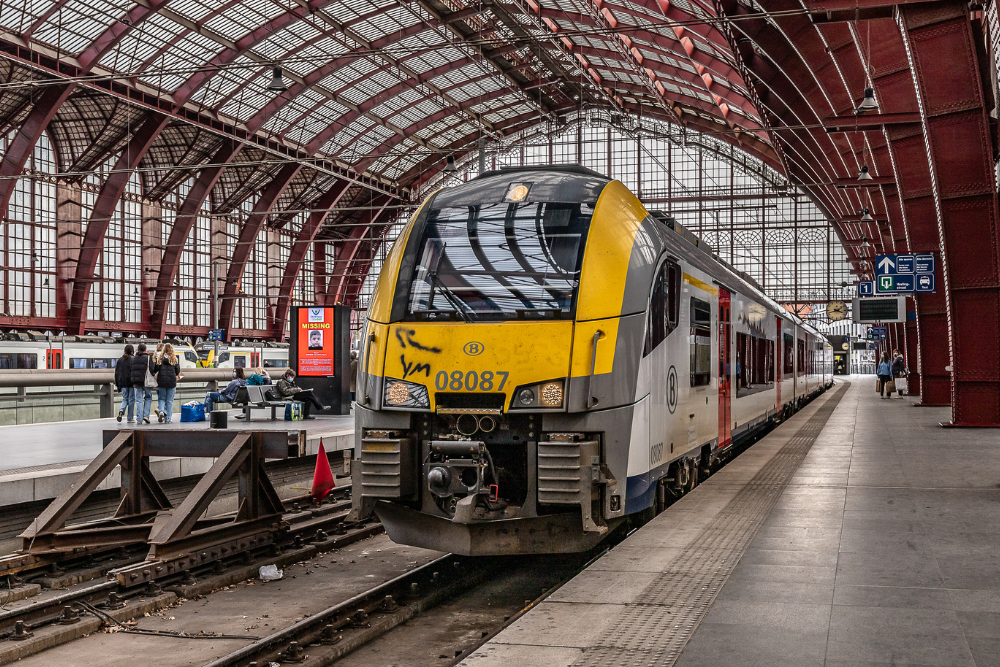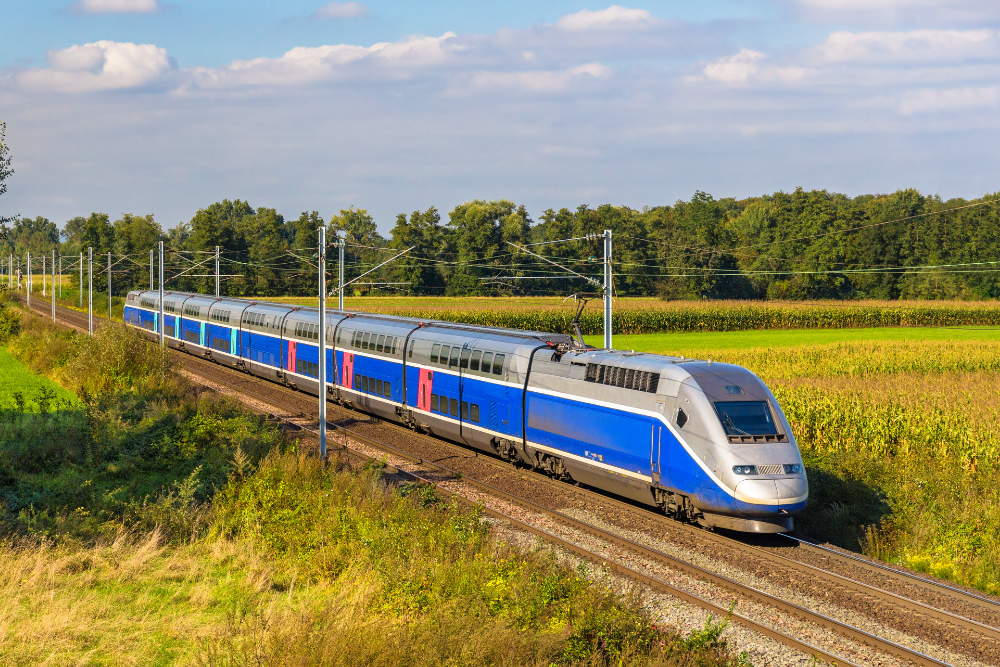France boasts one of the most efficient and scenic rail networks in the world, making train travel an ideal way to explore the country. Whether you’re zipping between major cities on high-speed trains or meandering through the countryside on regional routes, this guide will help you navigate France by train with ease.
1. Understanding the French Rail System

Types of Trains in France
- TGV (Train à Grande Vitesse): High-speed trains connecting major cities at speeds of up to 320 km/h.
- Intercités: Conventional long-distance trains connecting cities and regions.
- TER (Transport Express Régional): Regional trains that serve smaller towns and local routes.
- RER (Réseau Express Régional): Suburban trains mainly serving Paris and surrounding areas.
- Eurostar & Thalys: International trains connecting France to neighboring countries like the UK, Belgium, and the Netherlands.
Where to Buy Train Tickets
- SNCF Website & App: Official platform for booking tickets.
- Omio, Trainline, and Rail Europe: Third-party websites for easy international bookings.
- Station Ticket Counters & Machines: Available at train stations for last-minute purchases.
- Eurail & Interrail Passes: Ideal for travelers making multiple train trips across France and Europe.
2. Popular Train Routes in France

Paris to Other Major Cities
- Paris to Lyon: 2 hours via TGV.
- Paris to Marseille: 3 hours via TGV.
- Paris to Bordeaux: 2 hours via TGV.
- Paris to Strasbourg: 1 hour 45 minutes via TGV.
Scenic Train Routes
- The Loire Valley Line: Travel through France’s most famous château region.
- The Côte d’Azur Line: Stunning Mediterranean coastline views from Marseille to Nice.
- The Train des Merveilles: A breathtaking route through the French Alps from Nice to Tende.
- The Cévennes Line: A historic journey from Clermont-Ferrand to Nîmes, passing through stunning landscapes.
International Routes from France
- Paris to London: 2 hours 20 minutes via Eurostar.
- Paris to Brussels: 1 hour 30 minutes via Thalys.
- Paris to Barcelona: 6 hours 30 minutes via TGV.
3. Tips for a Smooth Train Journey

Booking in Advance
- TGV tickets are cheaper when booked early, often 3-6 months in advance.
- Regional TER trains do not require advance booking and have fixed prices.
Navigating Train Stations
- Major stations include Gare du Nord, Gare de Lyon, Gare Montparnasse, and Gare Saint-Lazare.
- Arrive at least 30 minutes early, especially for TGV and international trains.
- Validate paper tickets at yellow machines before boarding regional trains.
Luggage and Facilities
- No weight limit on luggage, but you must be able to carry it yourself.
- TGV trains offer Wi-Fi, power outlets, and dining cars.
- Lockers available in major stations for short-term storage.
Using Rail Passes
- Eurail & Interrail: Unlimited train travel for a set period.
- France Rail Pass: Ideal for extensive travel within the country.
- Reservations required for high-speed TGVs even with a pass.
4. Exploring France by Train: Sample Itineraries

One-Week Itinerary: Classic France
- Day 1-2: Paris (Eiffel Tower, Louvre, Montmartre)
- Day 3: Loire Valley (Châteaux visits)
- Day 4-5: Bordeaux (Wine tasting & medieval streets)
- Day 6-7: Provence (Lavender fields & historic Avignon)
Two-Week Itinerary: Scenic France
- Days 1-3: Paris
- Days 4-5: Strasbourg & Alsace Wine Route
- Days 6-7: Lyon & Beaujolais wine country
- Days 8-9: Marseille & the Calanques
- Days 10-11: Nice & Monaco
- Days 12-14: The French Alps (Annecy, Chamonix)
Final Thoughts

Traveling by train in France is a convenient, scenic, and sustainable way to explore the country. With high-speed connections, beautiful landscapes, and easy-to-navigate stations, it’s the perfect mode of transportation for both first-time visitors and seasoned travelers. Plan ahead, book tickets early, and enjoy the journey through France’s diverse regions by rail!












